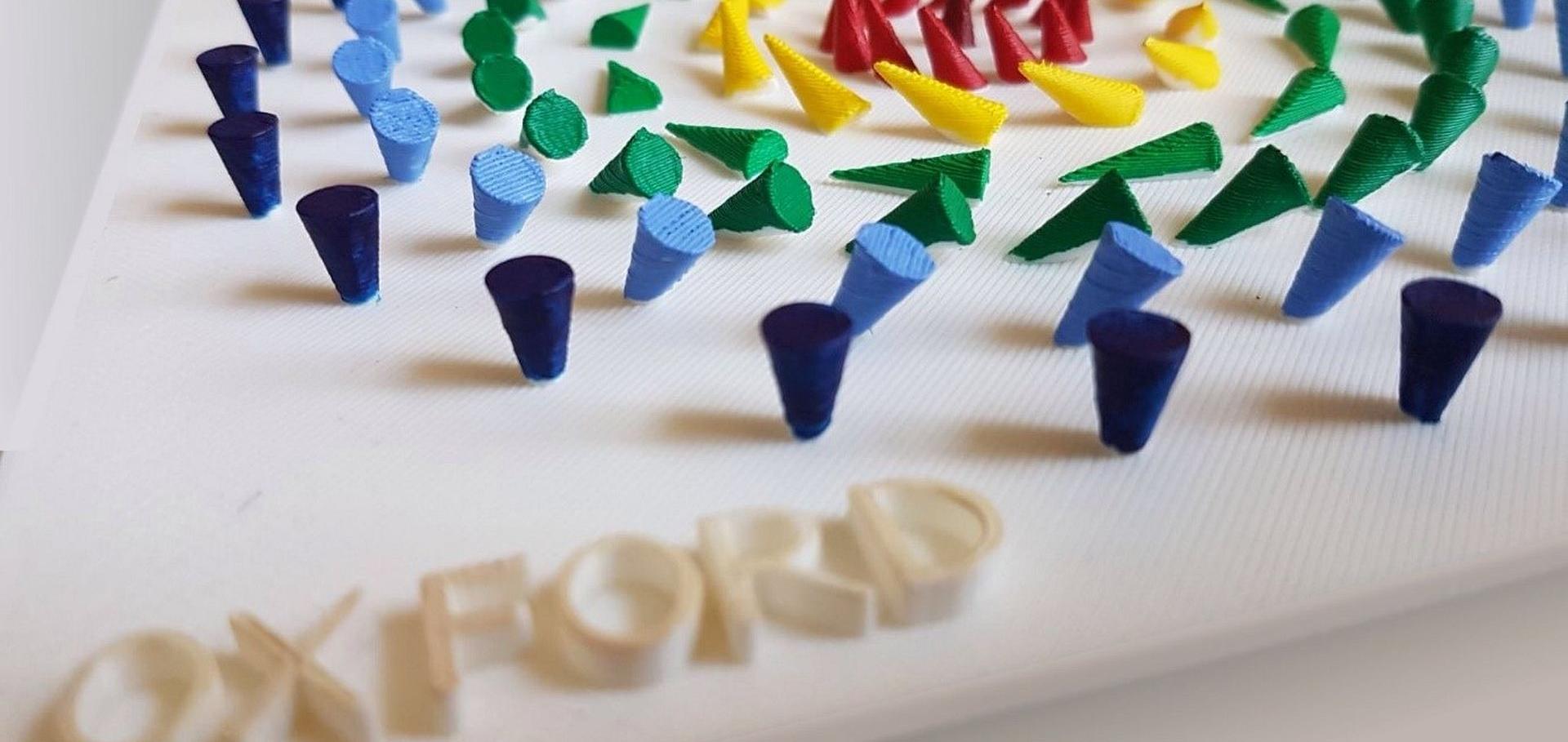Depth profiling of 3D skyrmion lattices in a chiral magnet: A story with a twist
AIP Advances AIP Publishing 11:1 (2021) 015108
Abstract:
From the perspective of surface science, only the topmost atomic layers usually exhibit physical properties that are different to those of the bulk material, whereas the deeper layers are assumed to be bulk-like and remain largely unexplored. Going beyond conventional diffraction and imaging techniques, we have determined the depth dependence of the full 3D spin structure of magnetic skyrmions below the surface of a bulk Cu2OSeO3 sample using the polarization dependence of resonant elastic x-ray scattering (REXS). While the bulk spin configuration showed the anticipated Bloch type structure, it was found that the skyrmion lattice changes to a Néel twisting (i.e., with a different helicity angle) at the surface within a distance of several hundred nm. The exact surface helicity angle and penetration length of this twist have been determined, revealing the detailed internal structure of the skyrmion tube. It was found that the experimental penetration length of the Néel twisting is 7× longer than the theoretical value given by the ratio of J/D. This indicates that apart from the considered spin interactions, i.e., the Heisenberg exchange interaction J and the Dzyaloshinskii-Moriya interaction D, as well as the Zeeman interaction, other effects must play an important role. The findings suggest that the surface reconstruction of the skyrmion lattice is a universal phenomenon, stemming from the breaking of translational symmetry at the interface.Creation of a Chiral Bobber Lattice in Helimagnet-Multilayer Heterostructures
PHYSICAL REVIEW LETTERS 126:1 (2021) ARTN 017204
Creation of a Chiral Bobber Lattice in Helimagnet-Multilayer Heterostructures
(2020)
Optically and microwave-induced magnetization precession in [Co/Pt]/NiFe exchange springs
ACS Applied Materials and Interfaces American Chemical Society 12:46 (2020) 52116-52124
Abstract:
Microwave and heat assisted magnetic recording are two competing technologies that have greatly increased the capacity of hard disk drives. The efficiency of the magnetic recording process can be further improved by employing non-collinear spin structures that combine perpendicular and in-plane magnetic anisotropy. Here, we investigate both microwave and optically excited magnetization dynamics in [Co/Pt]/NiFe exchange spring samples. The resulting canted magnetization within the nanoscale [Co/Pt]/NiFe interfacial region allows for optically stimulated magnetization precession to be observed for an extended magnetic field and frequency range. The results can be explained by formation of an imprinted domain structure, which locks the magnetization orientation and makes the structures more robust against external perturbations. Tuning the canted interfacial domain structure may provide greater control of optically excited magnetization reversal and optically generated spin currents, which are of paramount importance for future ultrafast magnetic recording and spintronic applications.Magnetic order in 3D topological insulators - wishful thinking or gateway to emergent quantum effects?
Applied Physics Letters AIP Publishing 117:2020 (2020) 150502


